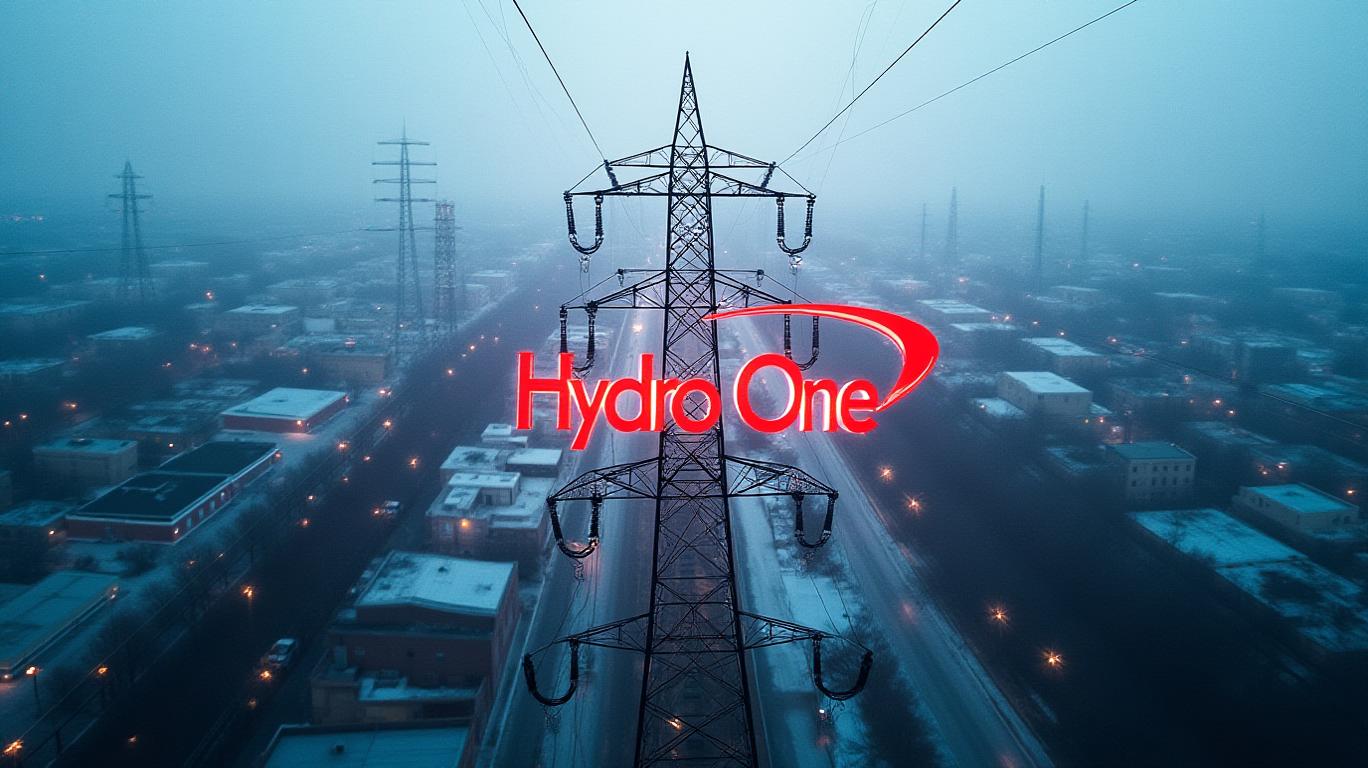Hydro One's Dividend Boost Signals Resilience Amid Grid Modernization
Hydro One Limited’s 6% dividend increase to $0.3331 per share, announced alongside its robust Q1 2025 earnings report, underscores a strategic pivot toward rewarding shareholders while advancing its infrastructure ambitions. With basic EPS soaring 22.4% year-over-year to $0.60 and net income hitting $358 million, the utility giant is positioning itself as a pillar of stability in an era of energy sector transformation.

The dividend hike, the first major adjustment since early 2024, reflects Hydro One’s confidence in its financial trajectory. The company’s revenue growth was propelled by Ontario Energy Board-approved rate increases, higher peak demand, and strategic capital investments. Notably, its Q1 capital expenditures rose to $735 million—up from $673 million a year prior—highlighting its commitment to grid reliability. This investment is critical as Hydro One expands its reach through acquisitions like its 48% stake in the East-West Tie Limited Partnership, a transmission asset vital to regional energy distribution.
The stock’s historical performance and dividend yield trends provide a baseline for assessing current value. With a dividend yield now at 4.8%—among the highest in the Canadian utility sector—the company is attracting income-focused investors. Yet, this yield must be weighed against macroeconomic risks like rising interest rates, which could pressure borrowing costs for its capital-intensive projects.
Driving the earnings surge were operational efficiencies and regulatory tailwinds. Hydro One’s customer satisfaction scores hit record highs, while safety metrics and community investments—such as the Ice Storm 2025 Recovery Grant—bolster its reputation as a socially responsible utility. These factors are not just feel-good metrics; they underpin regulatory goodwill and public support critical for future rate approvals.
The company’s long-term targets—EPS of $2.15–$2.37 by 2027—appear attainable given its disciplined capital allocation and cost controls. However, risks linger. Regulatory decisions on rate cases and transmission projects could impact cash flows, while inflationary pressures may strain margins.
The trajectory here is clear: Hydro One’s earnings are accelerating, with Q1’s 22.4% leap surpassing even the high end of its 2023 growth rates. This momentum, coupled with a dividend policy tied to sustained profitability, suggests shareholders can anticipate further increases—if the board’s confidence holds.
In conclusion, Hydro One’s dividend boost and Q1 results paint a compelling picture of a utility leveraging regulatory and infrastructural advantages to fuel growth. With a 6% dividend hike, a 22.4% EPS surge, and strategic capital investments totaling $735 million, the company is not merely surviving but thriving in a competitive landscape. While risks like regulatory uncertainty and interest rates remain, the fundamentals—strong cash flows, disciplined capital spending, and a focus on grid modernization—position Hydro One as a reliable income play with long-term upside potential. For investors prioritizing stability and dividends, this utility’s trajectory is one to watch closely.

Comments
No comments yet